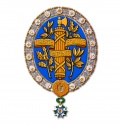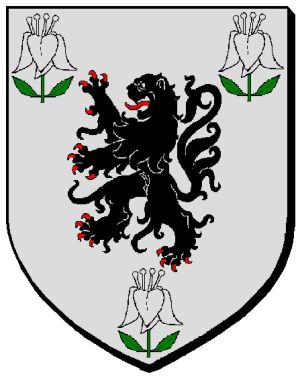Œting: Difference between revisions
Jump to navigation
Jump to search
Knorrepoes (talk | contribs) m (Text replacement - " {{media}} Literature : Image from http://www.armorialdefrance.fr" to " '''Literature''': Image from http://www.armorialdefrance.fr {{media}} ") |
Knorrepoes (talk | contribs) m (Text replacement - "↵{{media}}" to " {{fr1}} {{media1}}") Tags: Mobile edit Mobile web edit |
||
| Line 22: | Line 22: | ||
[[Civic Heraldry Literature - France|'''Literature''']]: Image from http://www.armorialdefrance.fr | [[Civic Heraldry Literature - France|'''Literature''']]: Image from http://www.armorialdefrance.fr | ||
{{ | {{fr1}} | ||
{{media1}} | |||
[[Category:French Municipalities O|Oeting]] | [[Category:French Municipalities O|Oeting]] | ||
[[Category:Moselle|Oeting]] | [[Category:Moselle|Oeting]] | ||
Revision as of 13:41, 26 December 2022
French heraldry portal
This page is part of the French heraldry portal |
Heraldry of the World |
|
French heraldry:
Overseas territories:
|
Selected collector's items from France:
|
ŒTING
Département : Moselle
| French | D'argent au lion de sable, armé et lampassé de gueules, accompagné de trois lis de jardin au naturel. |
| English | No blazon/translation known. Please click here to send your (heraldic !) blazon or translation |
Origin/meaning
The lion is taken from the arms of the Forbach family, former lords of the village. The lilies ar ethe symbol of St. Anthony of padua, the local patron saint.
Literature: Image from http://www.armorialdefrance.fr


